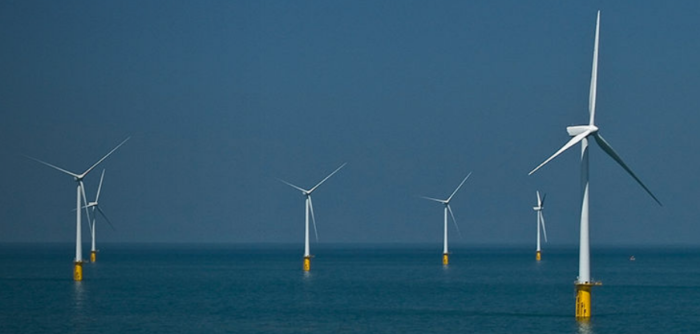America’s growing demand for renewable energy combined with policy stability and low, stable prices helped wind power capacity installations in US rise to the third strongest quarter in the industry’s history, according to a new report released today by the American Wind Energy Association (AWEA).
A rapidly growing number of big brands and utilities clearly understand that for American consumers, it’s no longer enough for energy to be affordable and reliable, it must also be clean. Businesses are responding to their customers by seeking out the lowest-cost clean energy they can find to power their products and operations reliably. Wind power’s record-setting 2018 proves you really can have it all,
…said Tom Kiernan, CEO of AWEA.
Key findings
- Contracted wind capacity from non-utility customers in 2018 surged 66% higher than the previous high-water mark in 2015. Non-utility customers like AT&T, Walmart, ExxonMobil, and Shell Energy purchased a record 4,203 MW of wind power capacity in 2018 through long-term contracts, or Power Purchase Agreements (PPA).
- Wind power also continues to be a popular choice for major utilities who must balance ratepayer expectations for affordable, reliable and clean energy. Utilities signed contracts for 4,304 MW of wind power in 2018 that, when combined with non-utility purchases, reached the highest level on record for overall PPA activity with 8,507 MW in 2018.
- Strong consumer demand and stable policy also helped the industry surge to its third strongest quarter on record for new wind power capacity additions. New wind farms totaling 5,944 MW were installed in US in the fourth quarter of 2018, enough to power all the homes in Colorado or Massachusetts.
- In total, the industry commissioned 7,588 MW of wind power capacity in 2018. There are now 96,488 MW of cumulative installed wind capacity in the United States, with more than 56,800 wind turbines operating across 41 states.
- Low, stable prices are a large piece of wind power’s value to buyers. The cost of wind has fallen by 69% since 2009, falling 7% in 2018 alone, according to investment firm Lazard.
- Because wind power uses no fuel to produce electricity, customers can lock in long-term contracts, often for 10-20 years, at a low price that hedges against fossil fuel price volatility.
- As for this year, projects totaling 2,125 MW started construction and a further 3,661 MW entered the advanced development phase in the quarter. There are now 35,095 MW of wind power capacity either under construction, 16,521 MW, or in advanced development, 18,574 MW, a 22 percent year-over-year increase in the development pipeline.
Wind power is on strong footing with trend lines–rising consumer demand, falling costs, improving technology–all pointing in the right direction. Our industry is driven to deliver the most competitive product possible and we’re confidently moving forward to further cut costs and advocate for improvements that bring markets and power grid infrastructure into the 21st century,
…added Mr. Kiernan.






























































